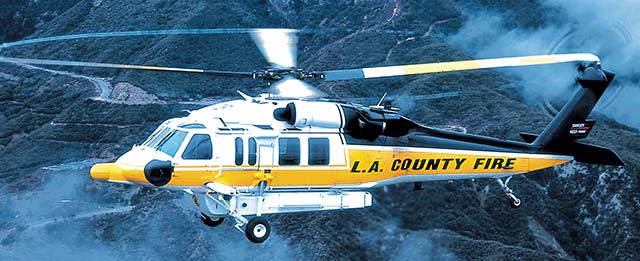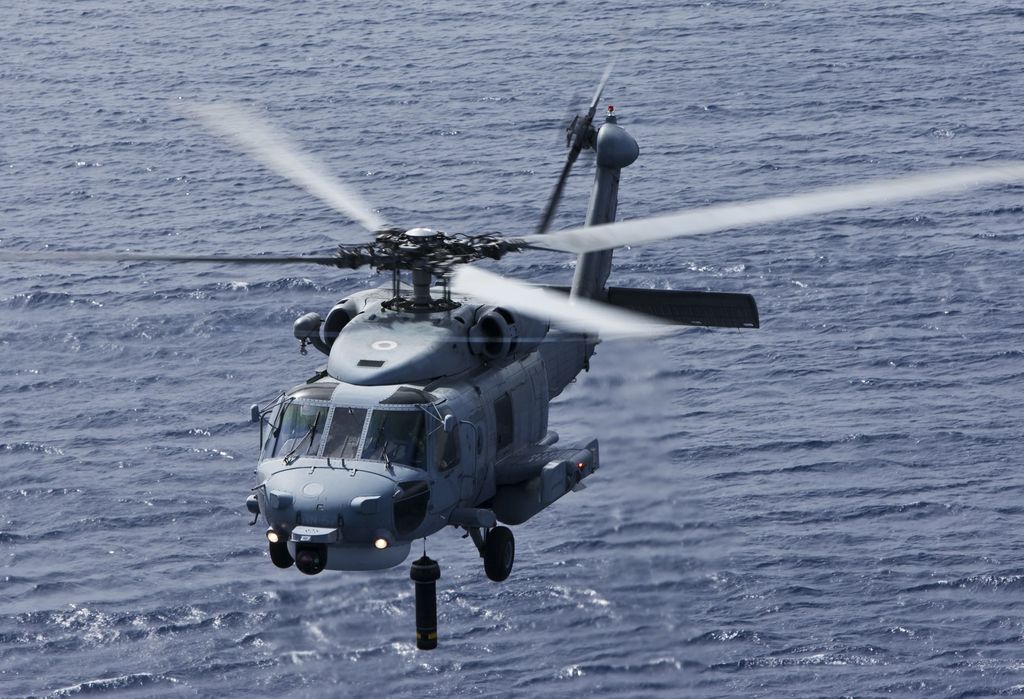Leading Attributes and Advantages of the Sikorsky S 70 Helicopter
Leading Attributes and Advantages of the Sikorsky S 70 Helicopter
Blog Article
Rotary-Wing Airplane Offering Superior Resilience and Accuracy Engineering
In the world of aviation, rotary-wing aircraft have long been identified for their unique capabilities in different functional settings. From military missions to civilian applications, the development of rotary-wing modern technology has actually led the way for devices that use unparalleled resilience and precision design. Through developments in materials and building methods, coupled with sophisticated flight control systems, these aircraft have become crucial tools for tasks that demand both robustness and accuracy. As we explore the intricate balance between innovation and reliability in rotary-wing airplane, it ends up being obvious that the merging of innovative technology and proven design concepts has actually established a new standard for performance and effectiveness in the aerospace market.
Evolution of Rotary-Wing Innovation
Throughout the history of air travel, the advancement of rotary-wing innovation has been a testimony to regular development and development in aeronautical engineering. From the very early days of upright flight with primary designs to the innovative helicopters and various other rotary-wing airplane of today, the progression in this field has been remarkable.
In the very early 1900s, pioneers like Igor Sikorsky and Juan de la Cierva made significant strides in rotary-wing modern technology. Sikorsky's VS-300 helicopter, very first flown in 1939, noted a turning point in the growth of functional rotary-wing aircraft. This success paved the way for further improvements in upright flight capabilities.

Today, rotary-wing airplane play essential roles in different sectors, consisting of armed forces operations, emergency clinical solutions, police, and industrial transportation. The evolution of rotary-wing modern technology proceeds to push the borders of what is possible in vertical trip, making sure that these aircraft remain important possessions in the air travel industry.
Products and Building Innovations
Demonstrating a blend of innovative products and specific building strategies, rotary-wing airplane have actually undertaken considerable innovations in resilience and efficiency. Among the key developments in materials made use of for rotary-wing aircraft is the increasing application of composite products. These products, such as carbon fiber enhanced polymers, supply a high strength-to-weight proportion, improving both the structural integrity and general performance of the aircraft. Additionally, advancements in making procedures have actually permitted for more complex and specific building of rotary-wing parts, adding to enhanced the rules of aerodynamics and performance.
Additionally, the combination of innovative layers and surface treatments has actually played an essential function in boosting the resilience of rotary-wing aircraft. These coverings offer protection against rust, abrasion, and severe weather conditions, extending the lifespan of the airplane and reducing maintenance demands.
In terms of building innovations, additive production, also referred to as 3D printing, has transformed the production of facility components for rotary-wing aircraft. This innovation permits quick prototyping and customization, bring about much faster growth cycles and reduced costs. On the whole, the continuous evolution of materials and building strategies is driving the abilities and efficiency of rotary-wing airplane to new elevations.
Accuracy Trip Control Systems

The assimilation of GPS technology better improves the accuracy and dependability of these systems, allowing for precise navigation, waypoint monitoring, and automated trip control. sikorsky s 70. This level of precision not only boosts the safety of rotary-wing operations yet also boosts general functional efficiency and mission performance
Moreover, the constant innovations in artificial intelligence and artificial intelligence have actually assisted in the advancement of independent flight capacities within Accuracy Flight Control Equipment. This allows rotary-wing aircraft to do complicated missions with my website unrivaled precision and uniformity, making them indispensable possessions in a variety of applications, consisting of military procedures, search and rescue missions, and airborne photography.
Longevity in Challenging Settings
In demanding operational setups, rotary-wing airplane demonstrate phenomenal durability and robustness, guaranteeing optimum efficiency under tough ecological conditions. These airplanes are created to stand up to a large range of ecological variables, including severe temperatures, high winds, and harsh terrain, making them well-suited for numerous missions in diverse landscapes.
One crucial variable adding to the longevity of rotary-wing airplane is their tough construction. These aircraft are developed making use of high-grade materials and progressed design techniques to improve their structural stability and dependability. In addition, parts such as rotor blades, engine systems, and landing gear are carefully created to hold up against the stress and stress and anxieties run into during operations in difficult atmospheres.
Additionally, anchor rotary-wing aircraft are equipped with advanced onboard systems that monitor efficiency metrics in real-time, permitting proactive upkeep and very early discovery of prospective problems - sikorsky s 70. This positive technique aids stop unexpected failures and makes certain the ongoing airworthiness of the aircraft sought after operational setups. Overall, the sturdiness of rotary-wing aircraft in tough environments is a testament to their superior design and style, making them important assets for numerous mission-critical operations
Maintenance and Reliability Criteria
The adherence to rigorous upkeep and reliability standards is paramount in guaranteeing the ideal efficiency and safety of rotary-wing aircraft. Routine upkeep checks, performed by certified service technicians, are vital to identify and deal with any type of possible concerns prior to they compromise the aircraft's capability. These checks incorporate a comprehensive assessment of all critical components, including the engine, rotor system, avionics, and hydraulic systems, to ensure that they are in prime working condition.
Additionally, adherence to set up upkeep periods based on supplier standards is critical for promoting the airplane's integrity. This positive strategy aids prevent unexpected break downs and guarantees that the aircraft remains airworthy for its desired objectives. Furthermore, the application of robust dependability standards, such as regular part screening and replacement based upon established lifecycles, additionally improves the aircraft's stability.
Final Thought

In final thought, the improvements in rotary-wing aircraft modern technology have led to remarkable toughness and precision engineering. With innovative products and construction strategies, together with precision flight control systems, these aircraft can run in tough atmospheres with boosted dependability. The maintenance and integrity criteria make sure that these rotary-wing aircraft remain to perform at their best, making them vital properties for different markets.
Showing a blend of advanced products and exact construction strategies, rotary-wing aircraft have undergone substantial innovations in longevity and performance. One of the vital advancements in products used for rotary-wing aircraft is the boosting utilization of composite materials.With meticulous interest to detail and progressed technological integration, rotary-wing airplane have accepted Precision Trip Control Systems as a foundation of their operational quality. Overall, the longevity of rotary-wing aircraft in tough atmospheres is a testimony to their exceptional design and design, making them vital assets for different mission-critical procedures.
In final thought, the innovations in rotary-wing aircraft innovation have actually led to exceptional longevity and precision engineering.
Report this page